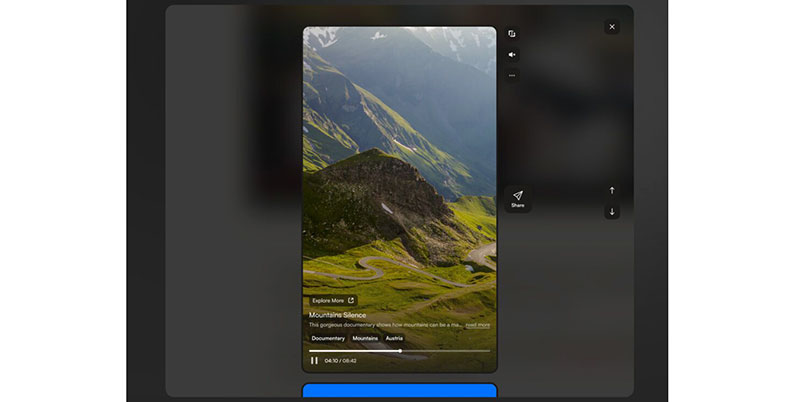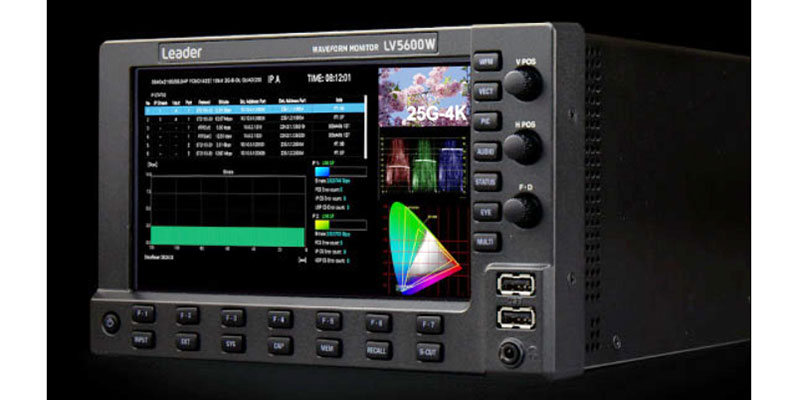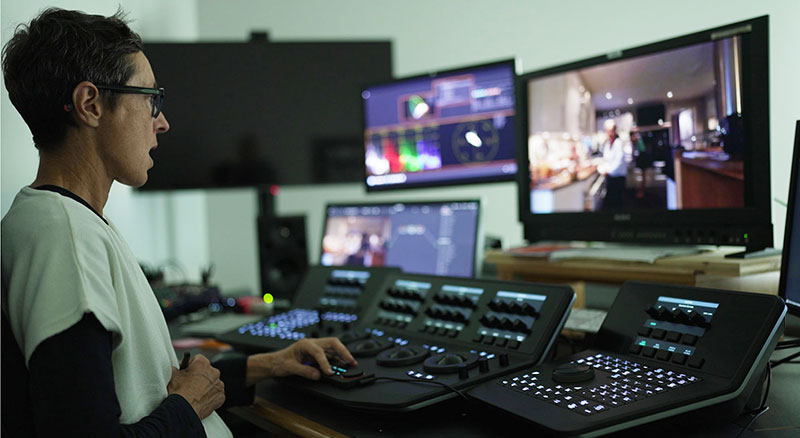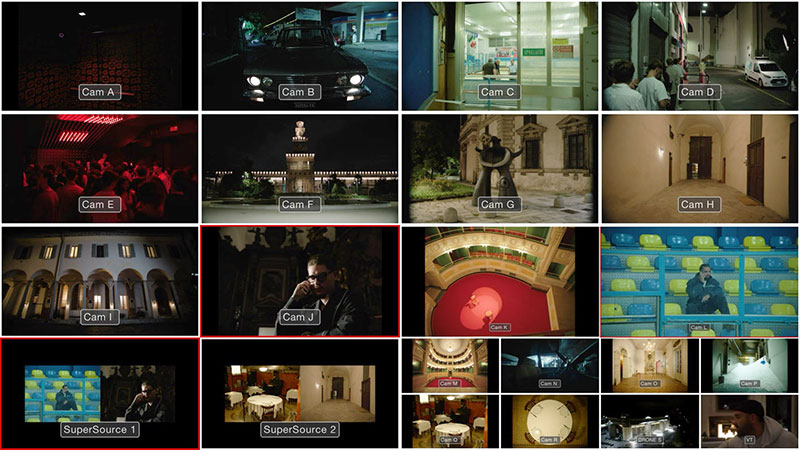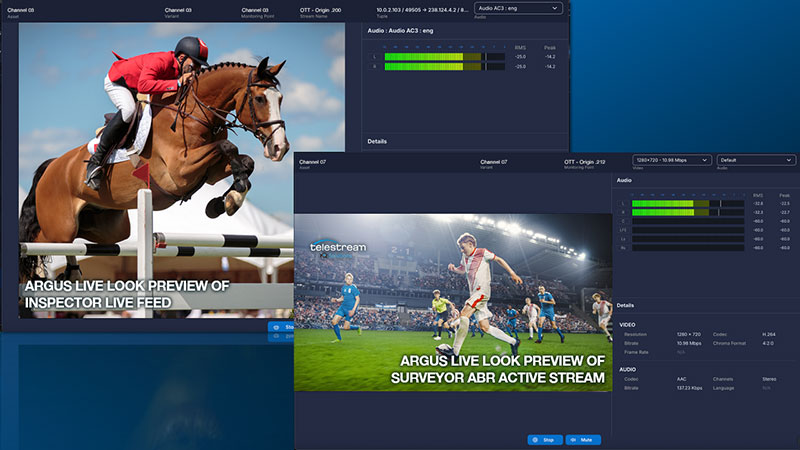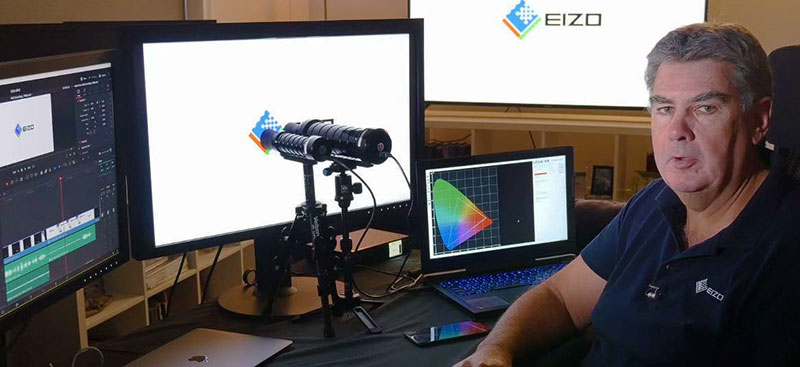Bridge Technologies has a new reference monitoring system for encrypted HLS/DASH OTT streams that emulates viewer playback of protected content and delivers operational metrics.

Bridge Technologies has developed a new reference monitoring system for encrypted HLS/DASH OTT streams. The company’s QTT Application assigns autonomous software workers that emulate end-user playback of protected content, continuously authenticating against different video platforms, receiving authorisation from DRM systems to retrieve live services from CDNs, for playback on a robust, high-density mesh of video players.
Through this process, Bridge’s QTT application can continuously check for authentication issues, as well as delivering operational metrics such as player alarms, time to playing, interval to first picture and incorrect profile selection. Such alarms and metrics are indicative of video platform and CDN health and performance, while picture analysis presentation and alarming are assurance of correct programming and verify advertisement insertion.
Supporting Dispersed Ingest, Processing and Distribution Architectures
These processes are vital for OTT deployments in which ingest, processing and distribution architectures are dispersed, and where administration of the service is not necessarily linked to a single supplier business. It can be used for both a comprehensive assessment of OTT video platforms from a centralised network location, and for very specific verification of CDN behaviour at any given geographic region.
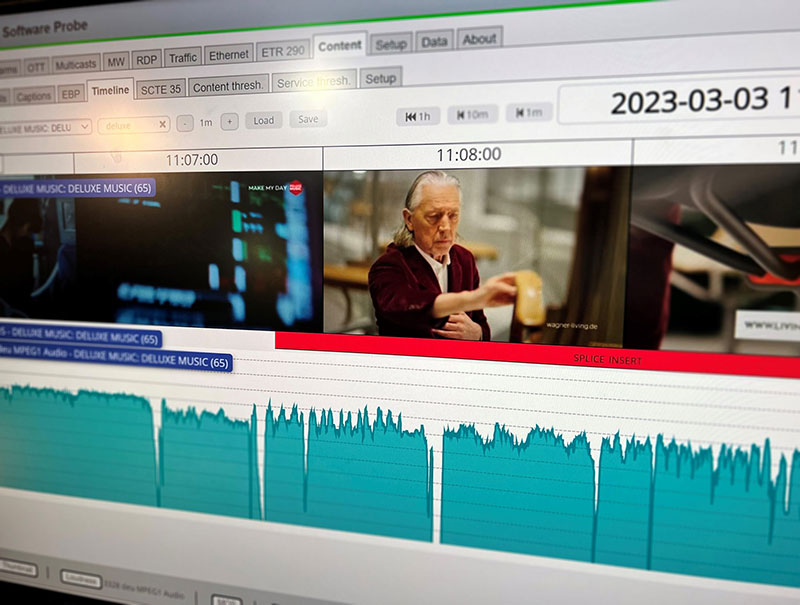
VB330 probe
The QTT Application integrates directly into Bridge’s VB330 network monitoring probe and its VBC controller, server-side software that centrally manages a group of Bridge devices. Bridge itself handles integration on behalf of each customer in order to match the application with the specific DRM system in use. A high-density, fully redundant network of players, load-balanced across the mesh, operates to emulate real subscribers using customer-premises equipment devices, allowing all live services to be continuously checked.
The software workers forward continuous streams of decrypted video thumbnails to the VB330 for further picture analysis and historical logging. Users can configure a range of different alarms to alert engineers to delivery issues – such as frozen content or black screen. Meanwhile network engineers are notified of the correct publishing of services in the CDN, and any non-conformance or CDN performance issues.
Timeline storage of these thumbnails and comprehensive SLA reporting mean that the QTT application is valuable for in-the-moment error detection, as well as longer-term network diagnostics, strategic decision making and accountability reporting to relevant stakeholders. Monitoring and visualisation of zapping-time – the time between changing the channel on a remote to the moment the new channel displays – has also been added recently.
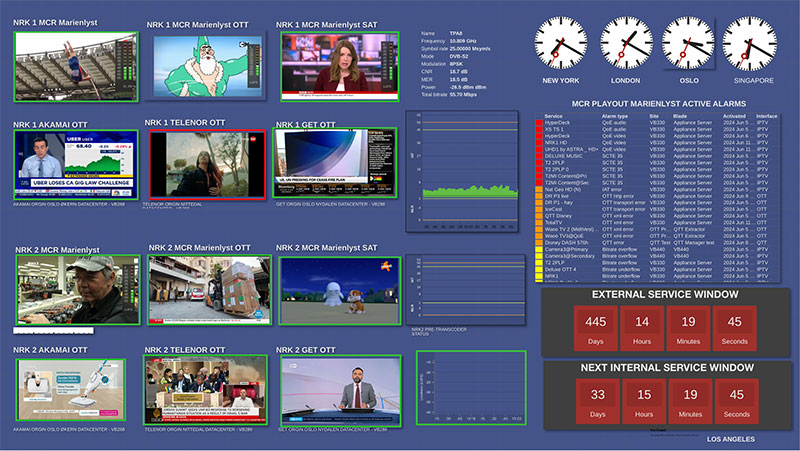
VBC controller
NAB 2025 Demonstrations
The QTT Application can be seen in demonstrations at NAB 2025 in April at Bridge Technologies’ stand. Chairman Simen Frostad said, "For broadcasters aiming to maintain high service quality in an industry where OTT services are rapidly expanding, our QTT Application represents a significant step. It hands broadcasters the tools needed to deliver content consistently and securely, ensuring reliable content delivery and swift issue resolution on an ongoing basis.
"By integrating with the VB330 probe and VBC controller, we have developed a comprehensive product series that addresses the particular challenges of DRM-protected streaming services. By simulating real-user interactions, we give key insights into platform performance, enhancing both reliability and viewer satisfaction." www.bridgetech.tv






